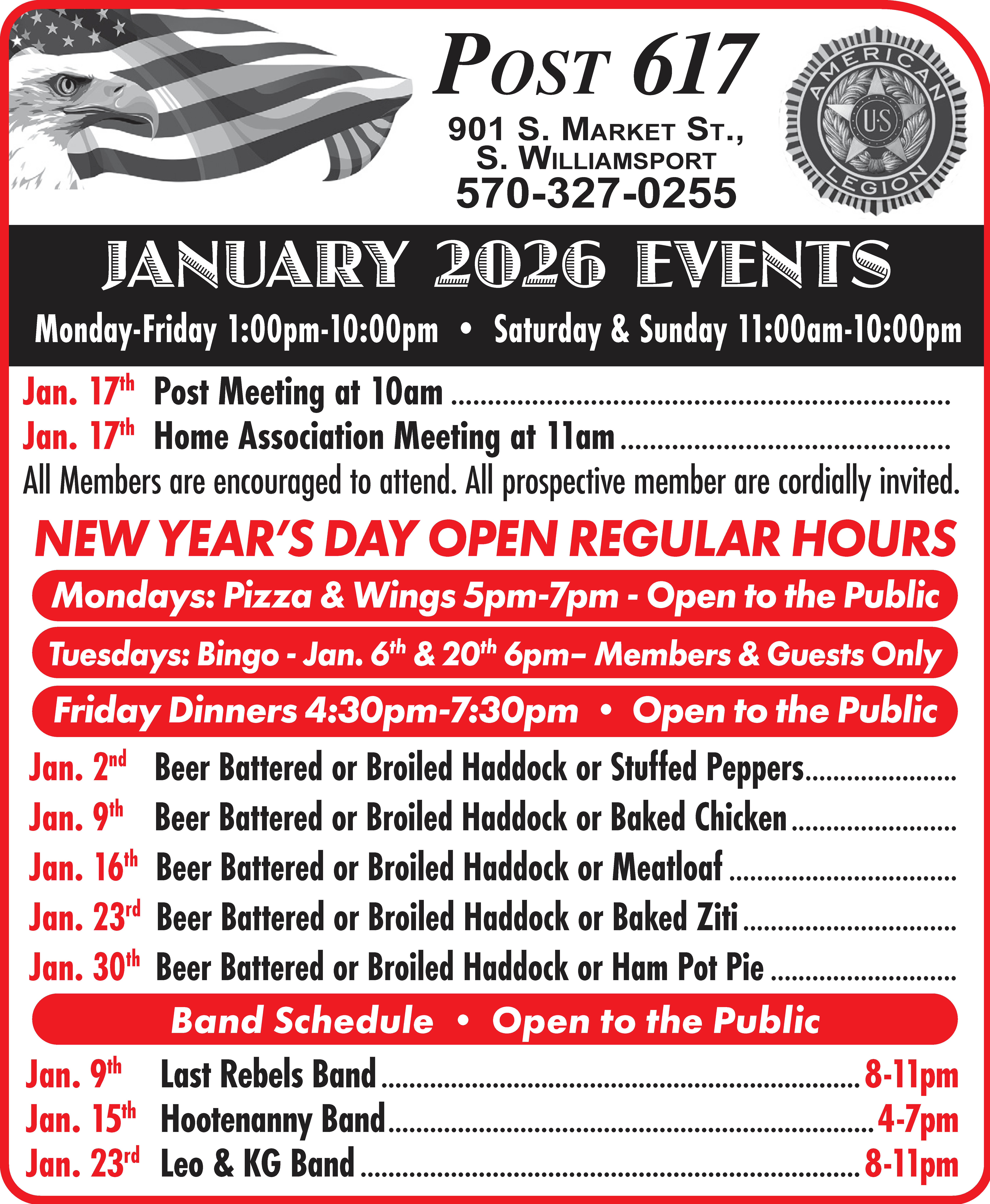Now that September is here, turkey hunters are on the lookout for potential hunting locations. Each week, in my daily travels, I have spotted hens with their broods and, in some cases, three or four gobblers in a group. On the other hand, I’ve talked to some turkey hunters who say they haven’t been seeing as many turkeys as in the past. The Game Commission has indicated that there has been a bit of a decline in turkey numbers over the past few years.
The Game Commission has offered several reasons for the decline, one of which is the fluctuation in nesting success and poult survival. According to some figures I found from a study done in 1967, 20-25 percent of all poults perish from June through September, and the average annual mortality from all causes varies from 60-76 percent.
Weather, such as exceedingly heavy rains, can certainly be a factor, particularly during the nesting season. Diseases and other environmental factors may also add to the decline.
Another reason turkey numbers decrease is from predation; this is particularly true during the breeding and nesting season. Turkeys nest on the ground, and when predators move in, poults go into hiding-they scatter and freeze at the hen’s warning call. They remain motionless until the hen gives the all-clear call. Needless to say, some of the poults don’t survive.
When it comes to predators, turkeys have plenty to watch out for. Some of the critters turkeys have to be on the lookout for are foxes, bobcats, coyotes, mink, raccoons, opossums, skunks, red squirrels, and, oh yeah, those stray cats roaming about.
More recently, the fisher, a furbearer recently returned to the wilds of Pennsylvania, will also attempt to feed on turkeys. I sometimes hear people say the fishers are taking too many turkeys, but recent studies have indicated that fishers account for a very small percentage of turkey mortality.
There’s more to this list of predators; how about all those flying predators? Hawks, eagles, and even horned owls prey on nesting hens.
Well, those are some negatives regarding our wild turkeys, so what are some positives?
Turkeys exhibit some pretty interesting physical properties. Like most birds, turkeys have excellent eyesight. I’m sure you know that, especially if you have ever hunted turkeys, you know the slightest movement will send them off in the opposite direction. Turkeys can fly at an estimated 40-55 m.p.h. and cover over a mile while airborne. They’re not too bad on the ground either in that the strides of a running gobbler have been measured at four feet, and their top speed is estimated at 18 m.p.h.
Well, those are some of the negative and positive points regarding our wild turkeys, but there is one more “negative” to add to the list: negative if you are a turkey but positive if you are a turkey hunter. Hunters also take a pretty good number of turkeys each year, including both hens and gobblers. The fall turkey season gets underway in most WMUs on Oct. 29, but be aware that the fall closing date varies depending on the unit. Some WMUs end on Nov.5, some on Nov. 12, and some on Nov. 18. WMU 5B is only from Nov. 1-3. Make sure to check out the regulation booklet for the correct ending date.



